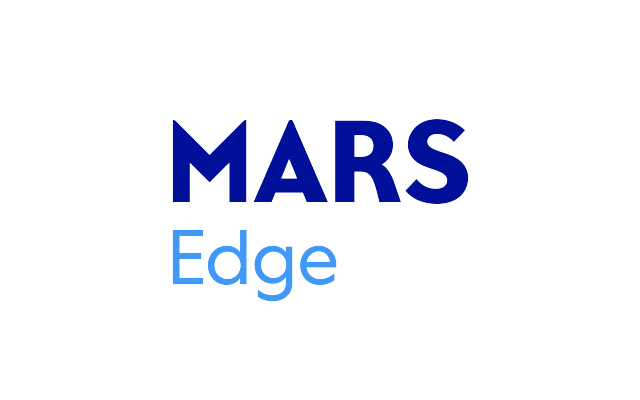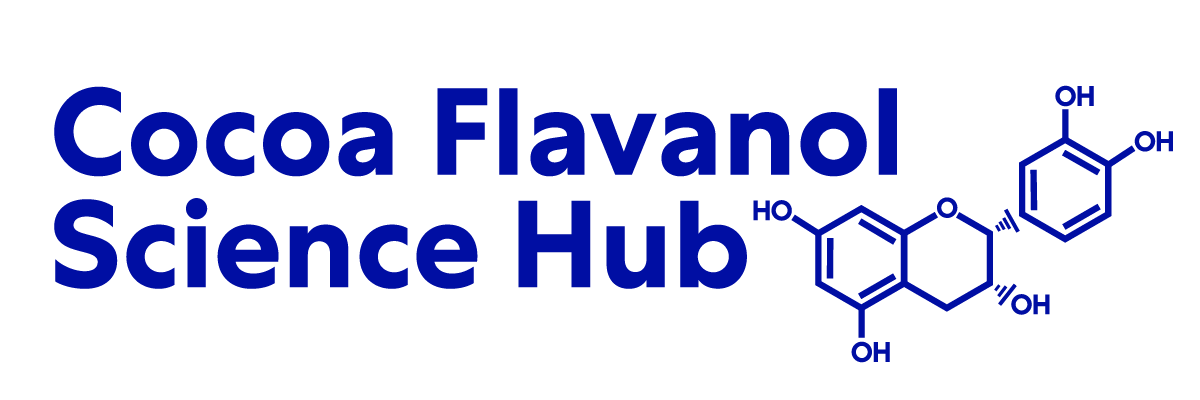5-(3',4'-Dihydroxyphenyl)-γ-Valerolactone Is a Substrate for Human Paraoxonase: A Novel Pathway in Flavan-3-ol Metabolism
Scope: Dietary flavan-3-ols are known to mediate cardiovascular benefits. Currently, it is assumed that the levels of flavan-3-ol catabolites detected in humans, 5-(3',4'-dihydroxyphenyl)-γ-valerolactone (γVL) and 5-(3',4'-dihydroxyphenyl)-γ-valeric acid (γVA), and their corresponding phase II metabolites, are determined exclusively by the action of the gut microbiome. However, a family of human proteins, paraoxonase (PON), can theoretically hydrolyze γVL metabolites into the corresponding γVAs. This study aims to determine if PON is involved in γVL and γVA metabolism in humans.
Methods and results: A rapid conversion of γVL into γVA is detected in serum ex vivo (half-life = 9.8 ± 0.3 min) that is catalyzed by PON1 and PON3 isoforms. Phase II metabolites of γVL are also reacted with PON in serum. Following an intake of flavan-3-ol in healthy males (n = 13), the profile of γVA metabolites detected is consistent with that predicted from the reactivity of γVL metabolites with PON in serum. Furthermore, common PON polymorphisms are evaluated to assess the use of γVL metabolites as biomarkers of flavan-3-ol intake.
Conclusion: PONs are involved in flavan-3-ol metabolic pathway in humans. PON polymorphisms have a minor contribution to inter-individual differences in the levels of γVL metabolites, without affecting their use as a nutritional biomarker.
See the Full Study > (opens in a new tab)









